Most 10 Fascinating Cat Psychology Facts Every Cat Owner Should Know
Cats are mysterious, independent creatures that often leave their owners puzzled by their behavior. Understanding cat psychology is key to building a strong bond with your feline friend. Here are 10 intriguing facts about cat psychology that every cat owner should know.
1. Cats Are Both Independent and Social
While cats are often seen as solitary animals, they can form strong bonds with humans and other pets. However, their social needs differ from dogs. Cats enjoy independence but also crave companionship on their terms. This balance explains why your cat may alternate between snuggling close and retreating to a quiet corner.
2. Purring Doesn't Always Mean Happiness
Most people associate purring with contentment, but it can also indicate stress, pain, or discomfort. Cats may purr to self-soothe or to communicate that they’re feeling vulnerable. Pay attention to your cat’s body language to understand the true reason behind their purring.
3. Cats Use Scent to Communicate
Cats have scent glands located on their face, paws, and tail, which they use to mark their territory. When a cat rubs its face on you or objects around the house, it’s marking its territory with its scent, signaling that you’re part of their safe space. Scratching also serves a dual purpose of sharpening claws and marking their scent.
4. Cats Are Territorial Animals
Cats are highly territorial creatures, and they may become stressed or anxious when their space is invaded by new pets or people. A cat’s territory is divided into personal spaces for eating, sleeping, and playing. Introducing changes slowly and giving them control over their space can reduce stress and make transitions smoother.
5. They Have a Strong Hunting Instinct
Even domesticated cats retain their natural hunting instincts. This explains why your cat may stalk or pounce on toys, bugs, or even your feet. Play that mimics hunting, such as using feathered toys or laser pointers, helps satisfy their instinctual need to chase and capture prey.
6. Cats Communicate Through Body Language
Cats use their body language to express emotions, and understanding these cues can help you interpret your cat’s feelings. For example, a cat with an arched back and puffed-up fur is likely feeling threatened or scared, while a slow blink often signals affection and trust. Watch your cat’s tail, ears, and posture to get a better read on their mood.
7. They Are Highly Sensitive to Changes in Routine
Cats are creatures of habit and thrive on routine. Any sudden changes—whether it’s a new schedule, moving to a new house, or a different feeding time—can cause them stress. Keeping your cat’s routine as consistent as possible is important for their mental well-being.
8. Cats Prefer Vertical Spaces
Cats love high places because it gives them a sense of safety and control. In the wild, higher ground allows them to spot potential prey and avoid predators. Providing vertical spaces like cat trees or shelves can give your cat a place to retreat and observe their environment, fulfilling their natural instincts.
9. Kneading Is a Sign of Comfort
When a cat kneads with its paws—often referred to as "making biscuits"—it’s a sign that they’re feeling content and comfortable. This behavior dates back to kittenhood when they kneaded their mother’s belly to stimulate milk flow. Kneading in adult cats is thought to be a soothing behavior, especially when they feel safe and happy.
10. Cats Can Form Deep Emotional Bonds
While cats may not display affection as openly as dogs, they can form deep emotional bonds with their owners. They may show their love through subtle actions like sitting nearby, following you from room to room, or gifting you with a "present" like a toy (or sometimes even a mouse!). Building trust with your cat over time will strengthen this bond.
Unlocking the Mysteries of Cat Behavior
Understanding cat psychology helps you better appreciate the unique behaviors and traits of your feline friend. Cats may seem aloof or independent, but they have rich emotional lives and complex needs. By paying attention to their body language, maintaining routine, and providing mental stimulation, you can ensure your cat’s happiness and well-being.
Your cat’s behavior may be rooted in instinct, but with knowledge and patience, you can form a deep, rewarding relationship with your furry companion.
This blog post provides valuable insights for cat owners, helping them understand their pet's behavior and create a happier, healthier home for their feline friends.



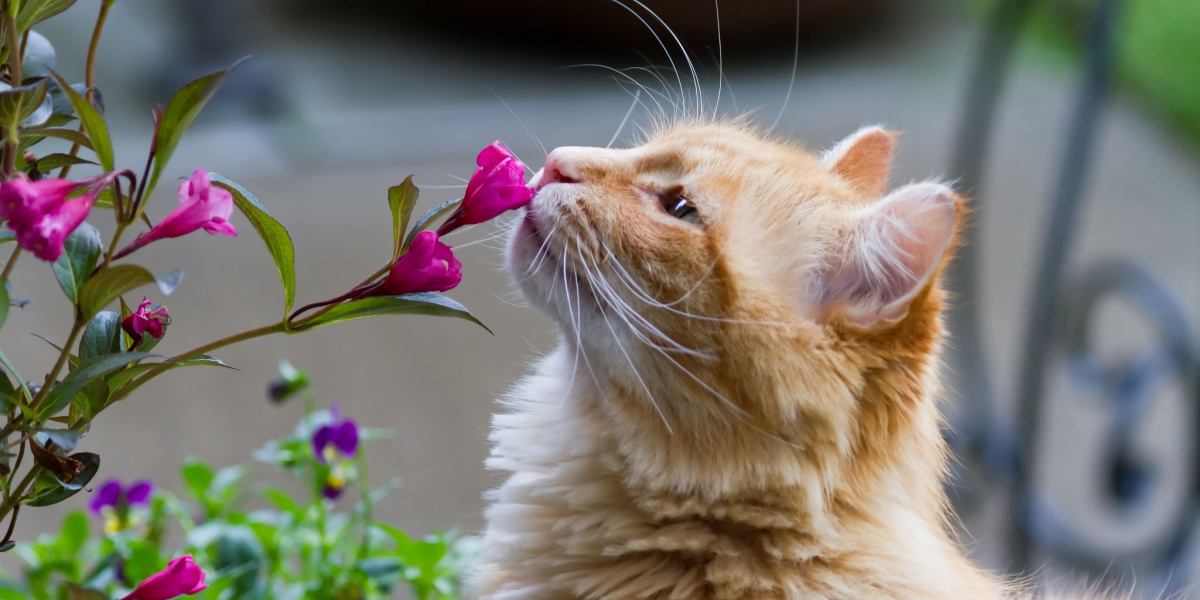
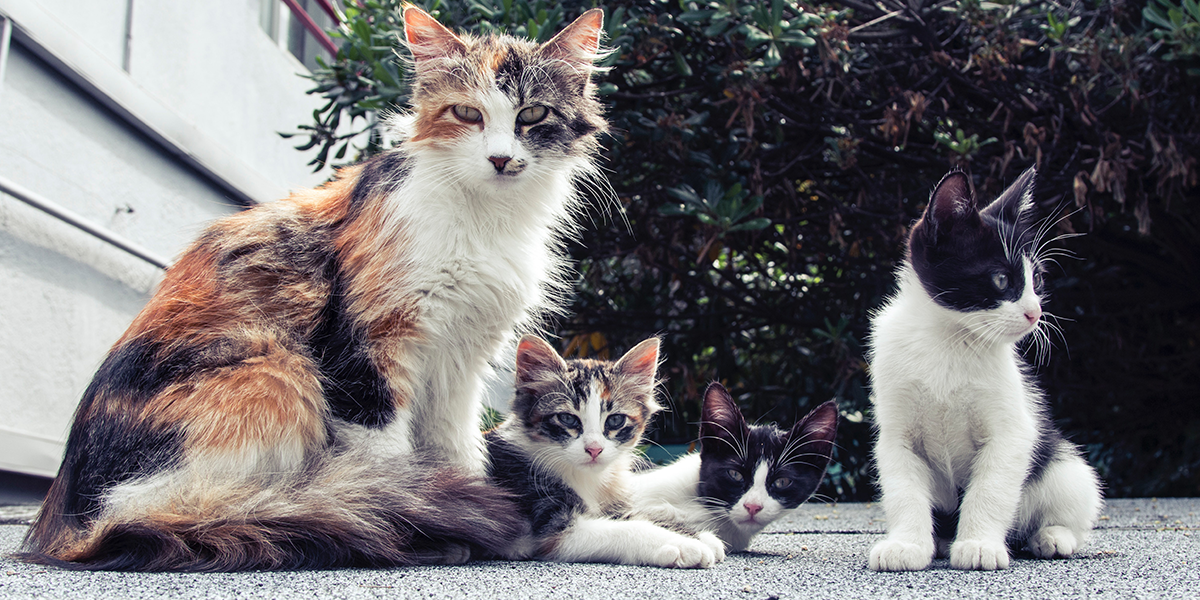
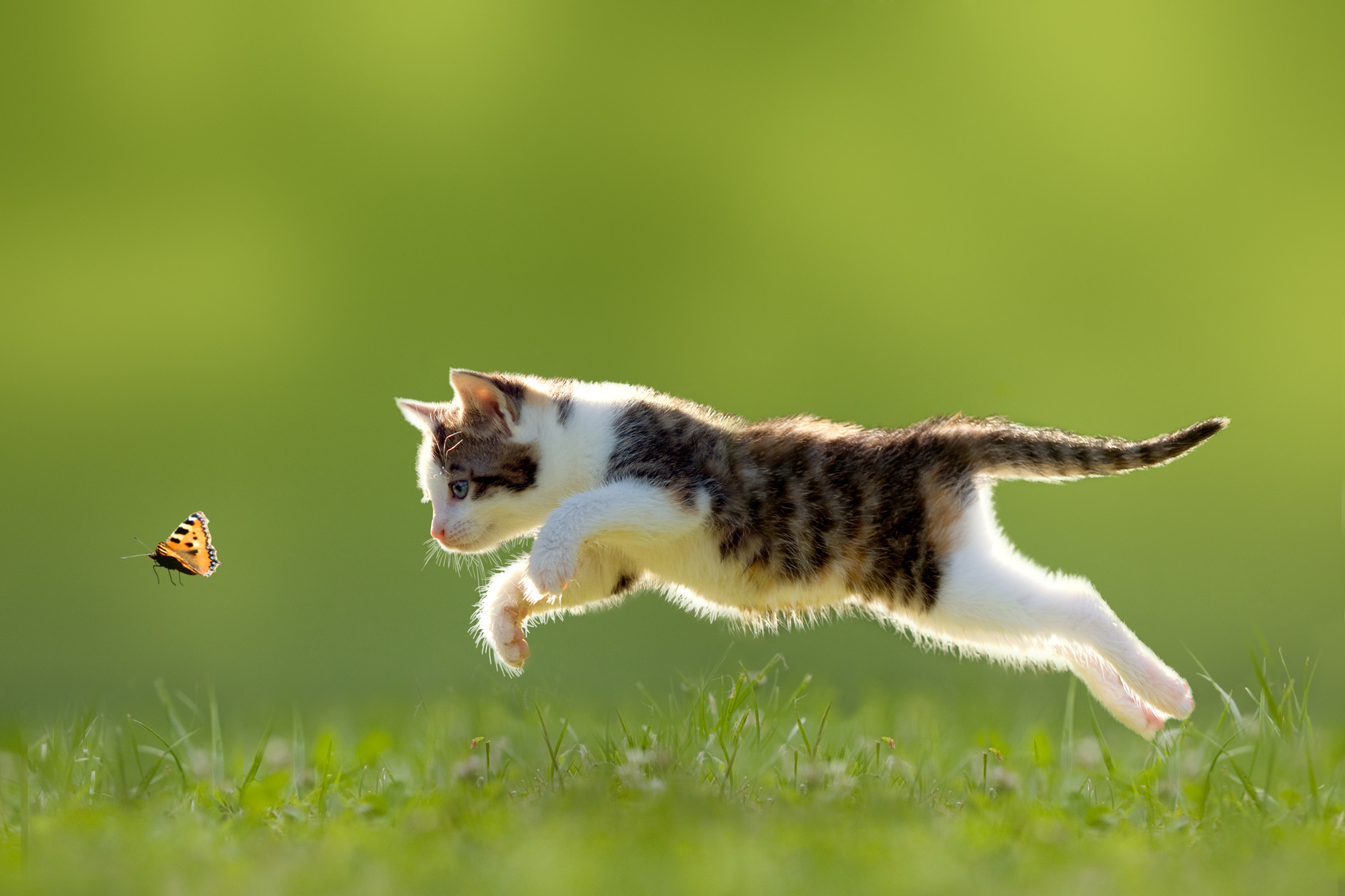



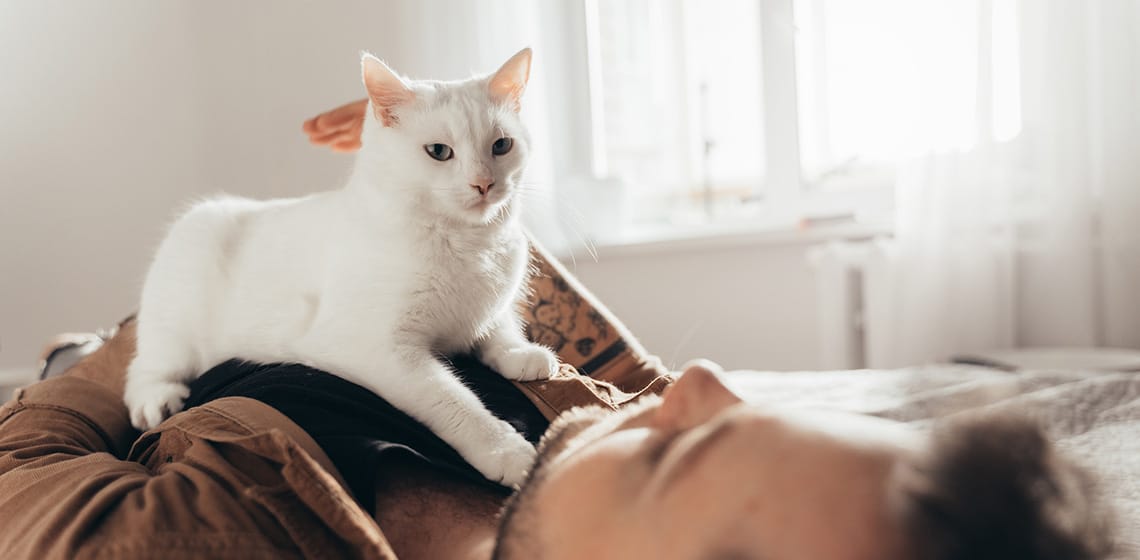
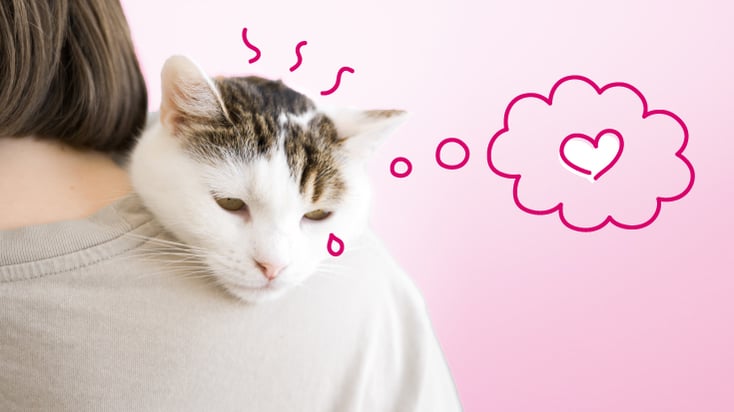

Comments
Post a Comment